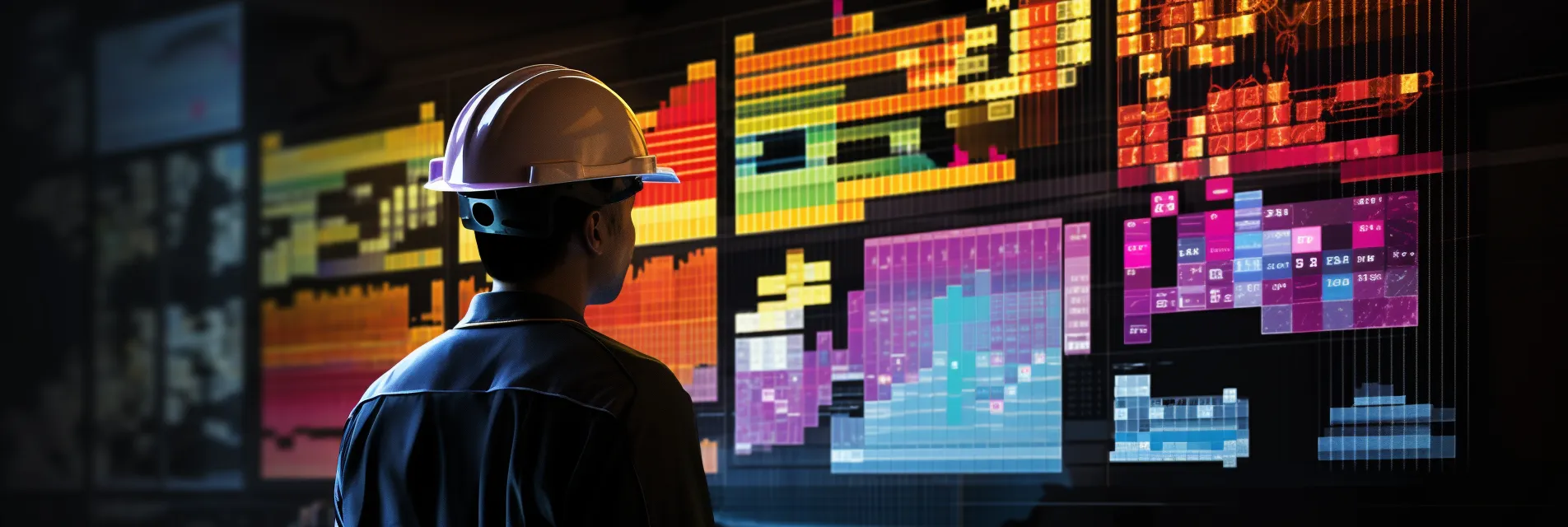Predictive Maintenance in Manufacturing: An Overview of GPT-based Predictive Models

In the rapidly evolving landscape of manufacturing, companies are constantly seeking innovative ways to optimize their operations and reduce downtime. One area that has gained significant attention is predictive maintenance, which involves using advanced technologies to anticipate and prevent equipment failures. Among the various approaches available, GPT-based predictive models have emerged as powerful tools for predicting maintenance needs in manufacturing facilities. This blog post provides an overview of GPT-based predictive models and their applications in the manufacturing industry.
1. Understanding Predictive Maintenance: Predictive maintenance is a proactive strategy that leverages data analysis techniques and machine learning algorithms to predict equipment failures before they occur. By monitoring key parameters, such as temperature, vibration, and energy consumption, manufacturers can detect anomalies and take timely actions to prevent breakdowns and minimize downtime. This approach helps reduce maintenance costs, improve productivity, and enhance overall operational efficiency.
2. Introducing GPT-based Predictive Models: GPT (Generative Pre-trained Transformer) models, like GPT-4, are advanced deep learning architectures that excel in natural language processing and sequence modeling tasks. Although primarily designed for language generation, GPT models have also found applications in other domains, including predictive maintenance. These models are pre-trained on large datasets and can be fine-tuned for specific tasks, making them well-suited for analyzing complex time-series data and predicting equipment failures in manufacturing processes.
3. Benefits of GPT-based Predictive Models: GPT-based predictive models offer several advantages over traditional predictive maintenance approaches:
a. Enhanced Predictive Accuracy: GPT models can capture intricate patterns and dependencies in the data, allowing for highly accurate predictions. By analyzing historical sensor data and equipment logs, GPT models can identify subtle indicators of equipment degradation or impending failures, enabling proactive maintenance actions.
b. Flexibility and Adaptability: GPT models can be trained on various types of data, including sensor readings, maintenance records, and operational data. They can handle both structured and unstructured data, making them versatile for diverse manufacturing environments. Moreover, GPT models can be easily fine-tuned and updated as new data becomes available, ensuring their adaptability to changing conditions.
c. Real-time Decision-making: GPT models can process data in real-time, enabling manufacturers to make prompt decisions based on up-to-date information. This capability is particularly valuable in time-sensitive manufacturing operations where immediate actions can prevent costly disruptions.
4. Implementing GPT-based Predictive Maintenance: The implementation of GPT-based predictive maintenance involves several key steps:
a. Data Collection and Preprocessing: Collecting relevant data from sensors, equipment logs, and maintenance records is essential. The data should be cleansed, normalized, and structured appropriately to ensure compatibility with the GPT model.
b. Model Training and Fine-tuning: Pre-trained GPT models can be fine-tuned using historical data to specialize them for predictive maintenance tasks. During training, the model learns to recognize patterns indicative of impending failures and predicts maintenance requirements.
c. Deployment and Integration: The trained GPT model can be deployed in the manufacturing environment, where it continuously analyzes real-time data streams from sensors and equipment. The predictions generated by the model can be integrated into existing manufacturing systems and workflows, enabling proactive maintenance interventions.
While GPT-based predictive models hold immense promise for predictive maintenance in manufacturing, there are still challenges to overcome. These include the need for robust data collection and labeling, addressing data privacy concerns, and ensuring interpretability and transparency of the models’ decision-making processes. Ongoing research and collaboration between data scientists, domain experts, and manufacturers will be crucial in refining these models and addressing these challenges effectively.
GPT-based predictive models offer a new frontier in predictive maintenance for the manufacturing industry. By leveraging the power of deep learning and natural language processing, these models enable manufacturers to anticipate equipment failures, minimize downtime, and optimize maintenance activities. With further advancements and industry-wide adoption, GPT-based predictive maintenance has the potential to revolutionize manufacturing operations, creating a more efficient and resilient industry.